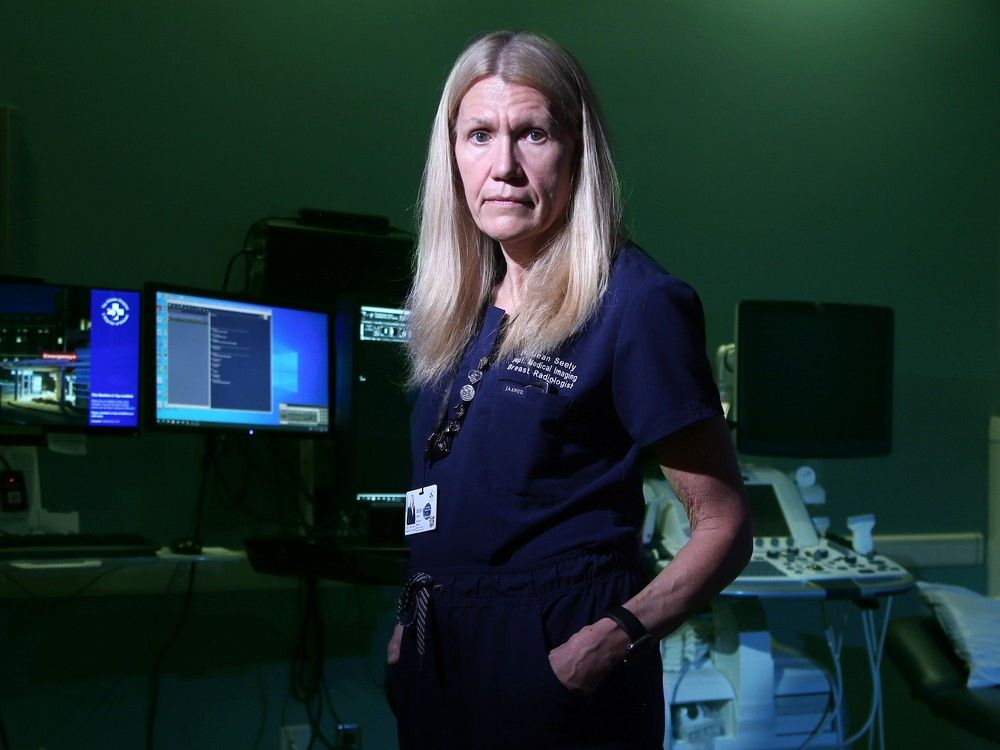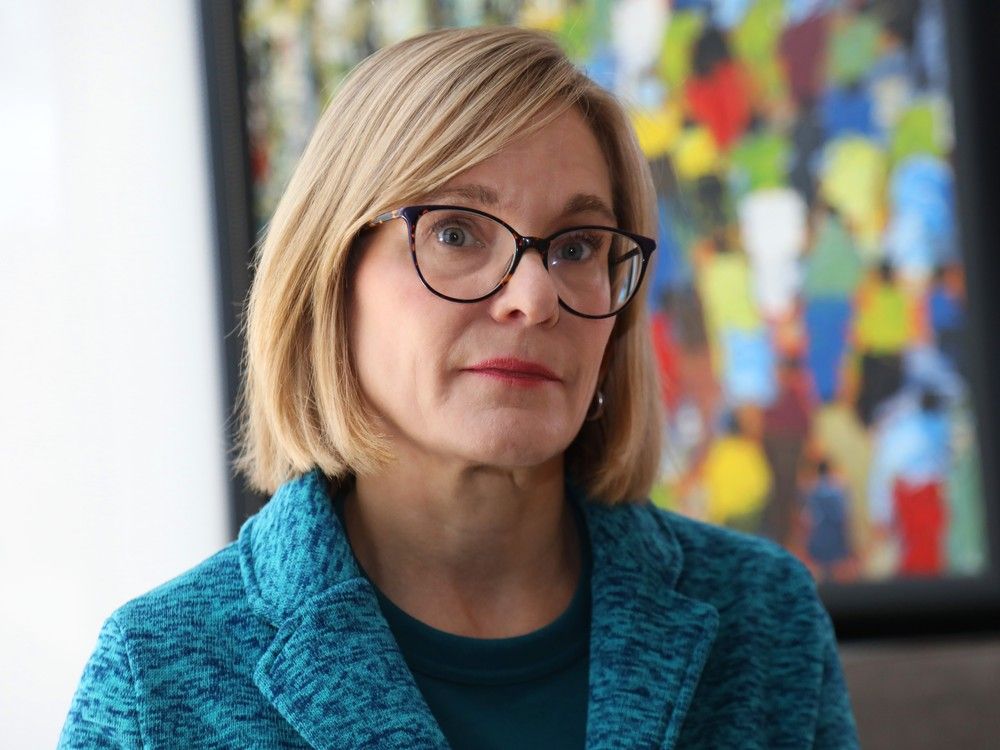canadian task force updating breast screening guidelines, amid push for screening at age 40
currently, the task force recommends routine screening begin at age 50, although some provinces begin it earlier
gail kelpin had to wait six months for breast cancer surgery. by then, her cancer had doubled in size.
she believes the long wait contributed to her worsening cancer prognosis and the need for a second surgery. her surgeon conceded she was probably right.
what you need to know about the controversy over breast-cancer screening
doctors who work with breast-cancer patients say its time to start offering routine mammograms for women starting at age 40, and not 50
 5 minute read
5 minute read






















